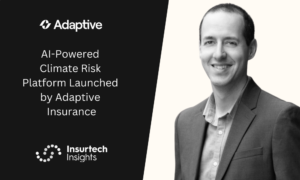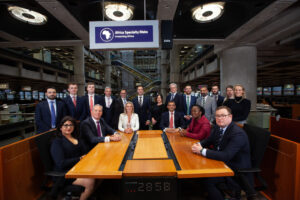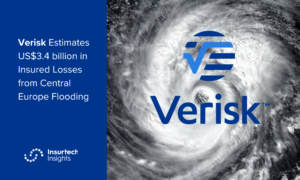Long before the pandemic, many insurance providers sought ways to use technology to meet the demand for faster turnaround times for quotes and renewals. In response to the restricted travel and safety concerns brought on by COVID-19, many commercial property insurers accelerated their efforts, using virtual technology to engage with customers and conduct inspections.
Executive Summary
These virtual surveys have provided insurers with important interior views of commercial buildings that would otherwise be difficult to obtain. But on their own, they’re simply not enough to transform the speed and accuracy of underwriting.
For a complete view of risk, insurers need to combine virtual surveys with other data, generated by aerial imagery and artificial intelligence (AI), and in many cases, analysed by professional inspectors. It’s that mix of remote data collection and boots-on-the-ground experience that will best support the continued digitisation of underwriting.
Virtual field inspections for interior risks
The technology and data to use may depend on what part of the commercial property requires inspection. For interior inspections, collaborative surveys can be highly effective. Underwriters can virtually visit the inside of a commercial property in collaboration with the insured, identifying and verifying potential exposures.
While collaborative surveys with customers can be performed on any property, the technology is best suited now for offices, apartment buildings, retail stores, restaurants, churches and non-sprinklered warehouses. That’s because these spaces are generally limited in size and complexity. Rural locations can also be ideal, as traveling to these properties can require significant time and expense.
These collaborative surveys can benefit both new and existing customers. They’re especially useful for policy renewals to confirm information gathered in previous on-site inspections. They can be scheduled with greater flexibility, meaning less disruption to the policyholder and are ideal for businesses with health or privacy concerns, such as daycare centers and nursing homes.
Aerial imagery and professional inspectors can support exterior inspections
For exterior inspections, aerial imagery and advanced AI may be needed. Imagery analytics can help insurers understand the condition and characteristics of roofs, which are not always easy to access and are constantly evolving due to exposure to the elements. The aerial imagery can also help professional inspectors working remotely find areas that require a closer look.
Skilled survey staff can bring the same rigor to remote work that they do to on-site visits. With advanced and updated analytics, they can identify the detailed information insurers require about a property’s construction, occupancy, and public and private fire protection.
When on-site surveys are critical
While virtual surveys play an important role in the inspection process, there is no substitute for on-site visits when it comes to assessing complex risks with multiple hazards. For example, an auto body shop that conducts spray painting, whether that’s with metalworking or auto body restoration, benefits from an on-site survey to review fire and other safety protocols. That’s because spray painting aerosolises flammable liquids which could be ignited by welding work.
Rack storage or refrigerated warehouses should also be surveyed in person, as should most buildings with an automatic sprinkler system. Field representatives should look at how many levels of storage are involved in warehouses, whether there are sprinklers in the racks, how the materials are packaged and other details that require expertise.
On-site inspections also remain a highly effective choice for underwriting new policies in buildings with multiple occupants and manufacturing activity.
Extensive experience in the field becomes critical when it’s necessary to inspect a commercial property in person. Details matter when assessing risk, and a blended approach maximises the benefits of man plus machine to find ways where technology can help identify the more complex, nuanced or challenging cases for an expert to review.









